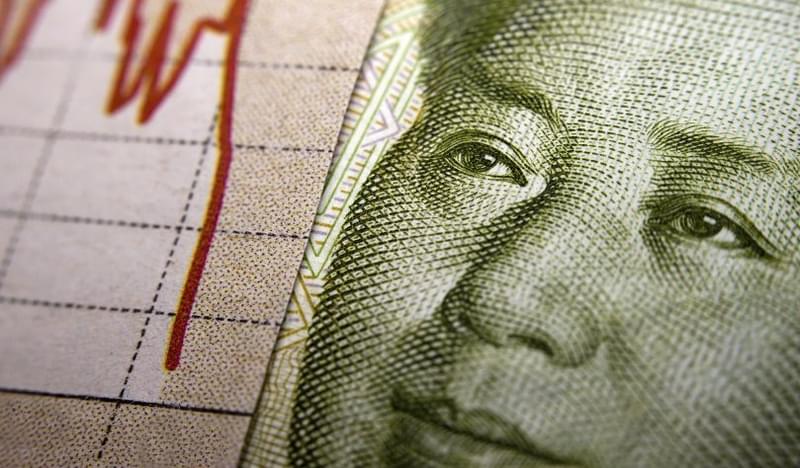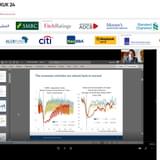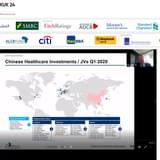According to a Fitch Ratings report, the number of non-performing loans within the Chinese banking sector is ten times higher than officially stated, adding that the amount of NPLs as a percentage of total loans has reached between 15% and 21%. Official figures place the NPL ratio for commercial banks at 1.8% of total loans, the report stated.
“The economic slowdown, the gradual liberalisation of interest rates and competition with non-banks for deposits have weighed heavily on the profitability and asset quality of Chinese banks. There are fears that banks may have disguised NPLs by rolling over or restructuring loans to borrowers,” said Feng Guo, chief representative, Asia Pacific at the IIF.
However, he added that Fitch’s assessment likely included shadow banking NPLs, and that real NPLs were more likely to be around 8%.
Although off-balance sheet transactions and shadow banking activities are seen to increase credit risk, bank-entrusted loans do not actually transfer any risk to the entity. The China Banking Regulatory Commission (CBRC) requires banks to record all loans extended to trust companies on their balance sheets. Guo noted that the NPLs should have already been reflected in banks' balance sheets.
Nevertheless, rising NPLs will directly impede a bank’s lending capability, eroding profitability, reduce capital buffers, push up funding costs and ultimately lead to less provision of credit to viable firms, according to Helena Huang, China economist at ICBC Standard Bank.
To combat the NPL problem, the government has introduced a strategy for Chinese banks to alleviate their destressed debt burdens, either through NPL securitisation, non-performing asset transfer schemes or through debt-to-equity swap schemes. The latter programme is however yet to be launched.
The NPL securitisation programme is still relatively nascent. Only six large commercial banks are currently eligible for the issuance of NPL-linked asset backed securities (ABSs), and the programme is capped at CNY50bn. Just 7 NPL-linked ABSs have since been launched, amounting to roughly CNY8bn.
“Admittedly, the pilot NPL securitisation programme is only a small fraction of total NPLs, but it could be a very useful tool for banks to dispose of bad loans in the future,” Huang said, adding that for large commercial banks, the issuance of NPL-linked ABSs is expected to become the more favoured approach to resolve distressed debts.
“Frankly, large commercial banks are not yet under a significant burden from NPLs, plus they now also have the option to reduce their debt burden and replenish their capital through the NPL securitisation programme,” Huang continued, noting that some small and local commercial banks were under pressure to find an immediate solution to offloading NPLs from their balance sheets.
In August the authorities allowed smaller-sized local Asset Management Companies (AMCs) to be set up, which could be affiliated with and guaranteed by local governments, and are likely to become the main vehicles for local banks to dispose of their NPLs.
The non-performing asset transfer programme could be another solution for small and regional banks to resolve their distressed debt problems. About 50 financial institutions, including both regional banks and trust companies, have recently been approved to sell and buy non-performing assets under the pilot programme, although this scheme is not without its risks.
“For small and regional banks, the revived usage of AMCs as bad loan absorbers at the regional level could open a risky backdoor for debtors to manipulate the opening up of China's NPL market.”
Guo noted that given the headwinds, it is easy to be concerned about the health of Chinese banks, but that a systemic crisis in the country’s banking sector is unlikely. Despite the rise of NPLs, the ratio of loan-loss provisions to NPLs is still above 200%, meaning banks should be able to absorb further loan deterioration without a major hit to profit or capital.
“The market perceives that the government will stand behind large banks that do encounter financial difficulties to maintain market stability and mitigate systemic risks. The commitment for financial reform also remains relatively solid and recent measures to strengthen the banking sector are likely to be effective over time,” Guo stated.









